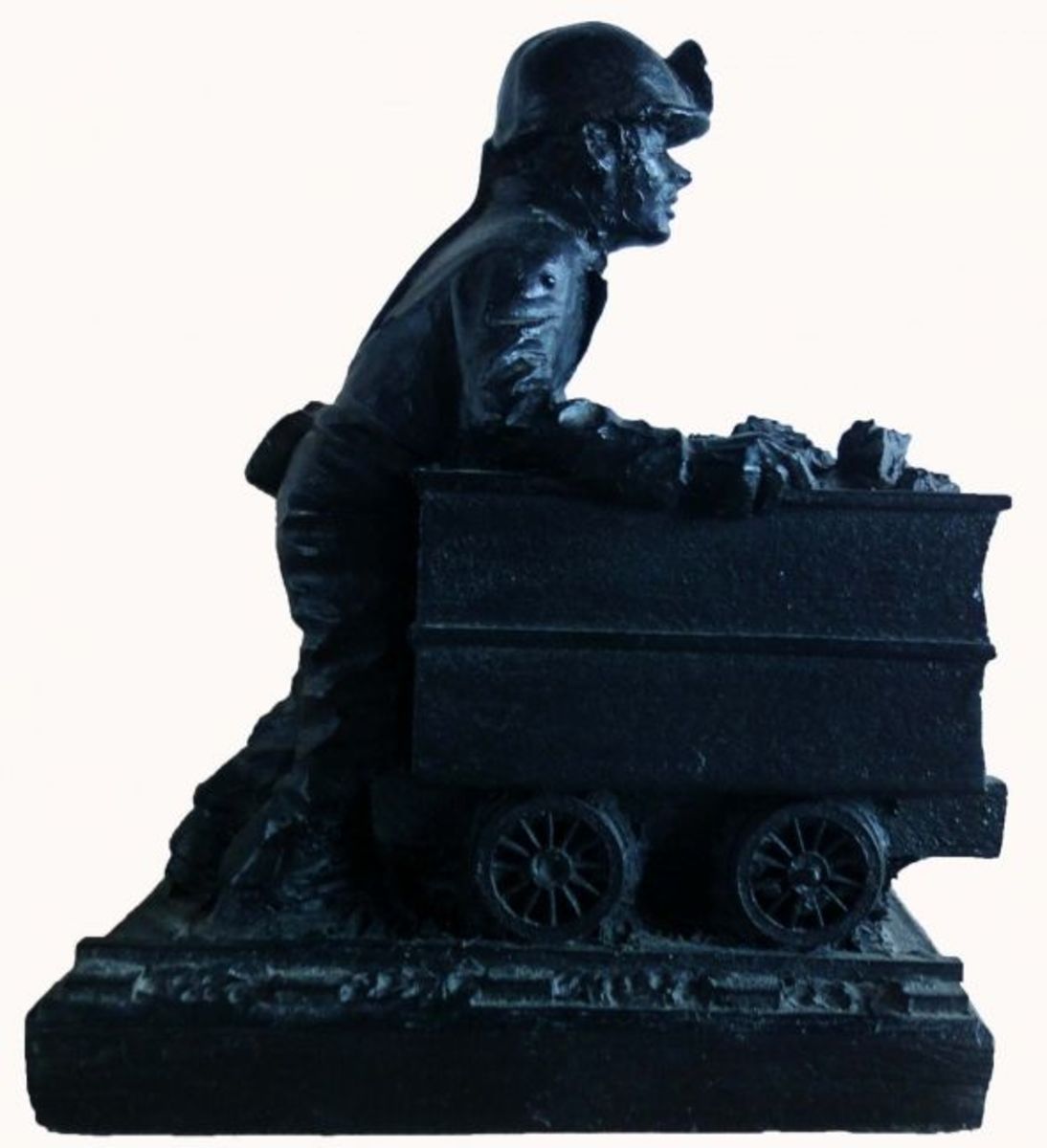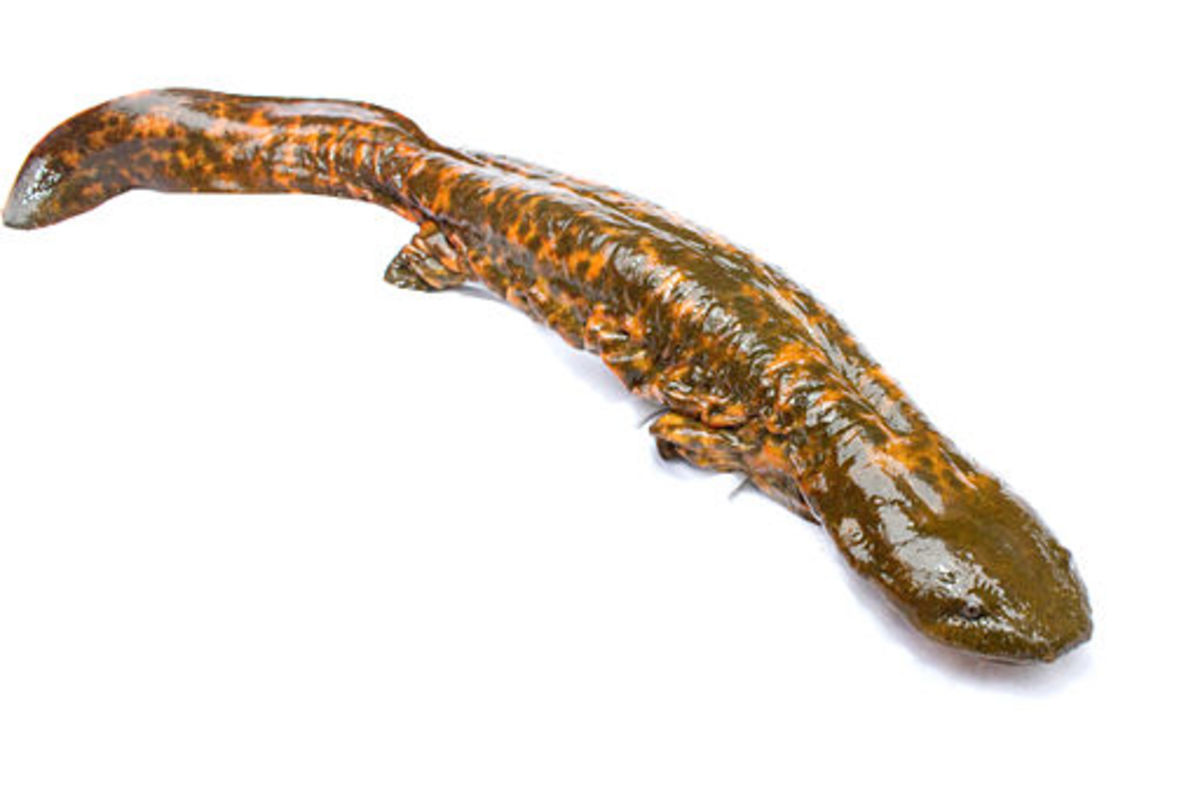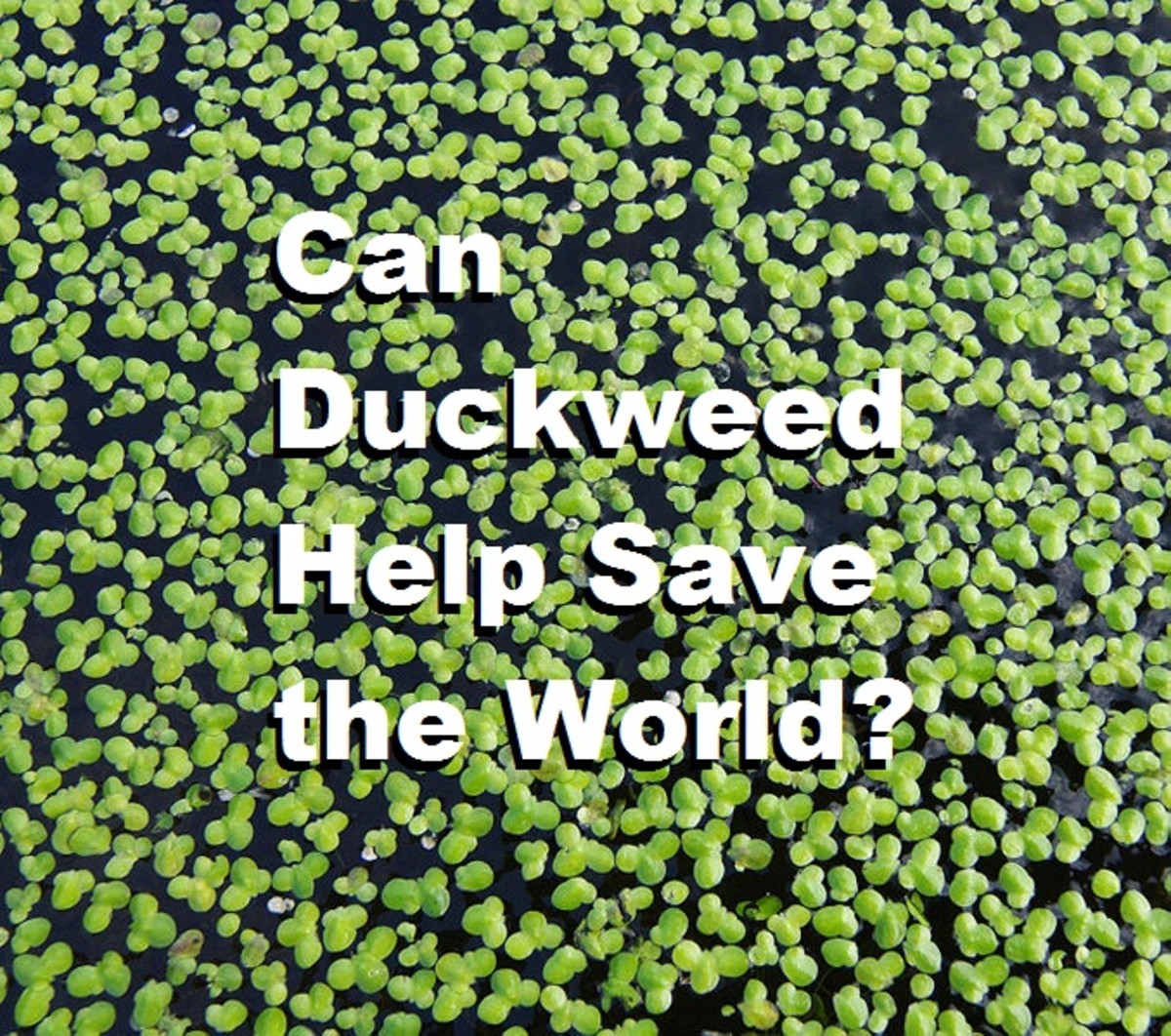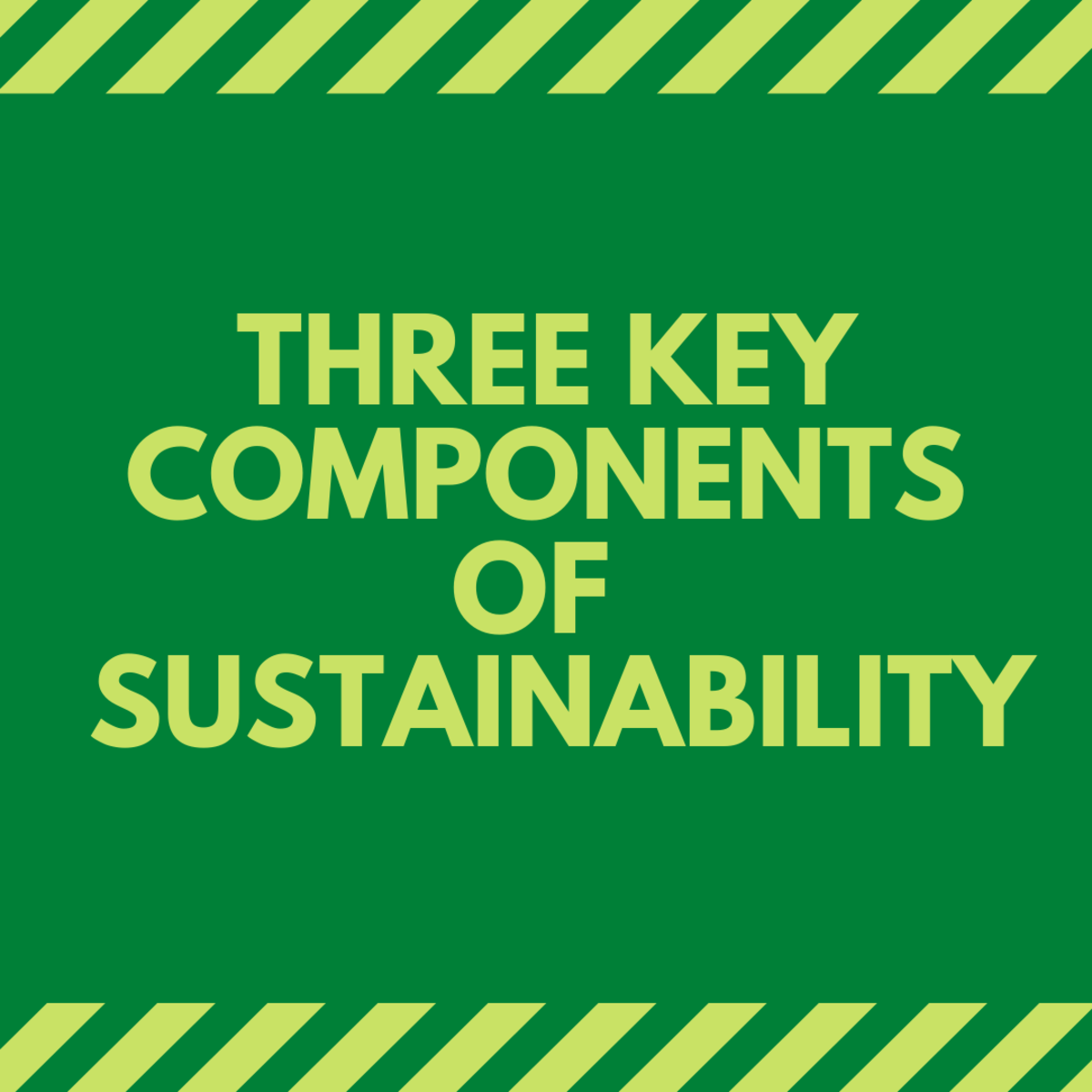The Coal Dirty Truth
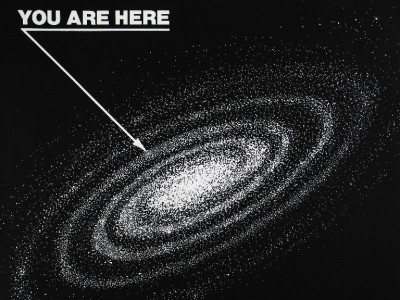
Clean coal...dirty lie.
There are 476 are "power plants" owned by electric utilities and independent power producers that generate and sell electricity as their primary business in America. Each typical plant generates around 3,700,000 tons of carbon dioxide (CO2) per year. CO2 is the leading cause of man-made global warming. CO2 is nothing new to the air; it has always been there. Plants and trees take in the CO2 and turn in to oxygen. For comparison sake, 3,700,000 tons of CO2 released in the atmosphere is the equivalent of cutting down 161 million trees.
Many coal plants, after numerous lawsuits, have began installing “scrubbers” in their plants to filter the smoke stack emissions by spraying water and chemicals through the chimneys to trap the pollutants before they escape into the air. A typical plant with scrubbers can trap more than 150,000 tons of pollutants each year, before they hit the air.
When you do the math, it sounds like a pretty good deal. If all of the plants had scrubbers, and could trap 150,000 tons of pollutants per year, at least it’s making a bit of a dent. At least that’s 150,000 tons of poison people living near these plants won’t have to breathe in, they don’t have to now…they’re drinking it.
In an October 13th New York Times article, Charles Duhigg writes about a plant in Masontown Pennsylvania owned by Allegheny Energy, and their installation of scrubbers three years ago, and what becomes of the waste trapped by them. He states,
But the cleaner air has come at a cost. Each day since the equipment was switched on in June, the company has dumped tens of thousands of gallons of wastewater containing chemicals from the scrubbing process into the Monongahela River, which provides drinking water to 350,000 people and flows into Pittsburgh, 40 miles to the north (Duhigg).
Officials at the plant in Pennsylvania say that they have installed equipment to limit the toxins going into the water, so there is nothing to worry about, in the meantime, “the EPA estimate that pollution from power plants shortens the lives of 1,825 Pennsylvanians each year, more than any other state” (Greenpeace).
Allegheny Energy’s webpage boasts of its scrubber, but makes no mention of the chemicals going into the water supply, such as: arsenic, barium, boron, iron, manganese, and cadmium. Company officials say these will dilute in the water.
It does seem rather proud of what it can do with the elements they could not dump into the water though.
In one year, the Hatfield’s Ferry scrubbers will produce approximately 1.5 million tons of gypsum, which will be sold or placed in an environmentally safe disposal area located on the Hatfield’s Ferry site. Eventually, the disposal area will be covered with topsoil and planted with a suitable ground cover (Allegheny).
The plan is to put the gypsum in synthetic liners, while synthetic liners are considered effective at preventing leaks, environmentalists note that the Hatfield's Ferry landfill is less than a mile uphill from the river, and that over time, other types of liners have proved less reliable than initially hoped. Once again, as it happens so often when you can’t put it in the water or the air…just bury it.
While the EPA is under new leadership since the Obama administration took office, in many cases it still has its hands tied with State legislations. State governments fight federal regulations, and newly appointed EPA administrator Lisa P. Jackson has a tough fight ahead of her. The Obama administration hopes to pass a climate bill before the end of the year.
Pennsylvania state officials say they have asked the plant for estimates on how much pollution would be going into the waters, and based on those estimates plan to monitor the levels. This is like asking a two year old to watch your cookies for you.
The local politicians will do whatever the big money plans ask, the plants provide jobs, jobs provide money, and money provides votes.
In an Environmental Health Perspectives article “Carbon Capture & Storage: Blue-Sky Technology or Just Blowing Smoke?” Charles W. Schmidt writes of an environmental research officers warning about energy companies.
Leslie Harroun, a senior program officer at the Oak Foundation, a Geneva-based organization that funds social and environmental research, warns that industry might leverage the promise ofcarbon capture and sequestration (CCS), as a public relation s strategy today while doing little to ensure its broad-based deployment tomorrow." The coal industry's many proposals to build 'clean' coal plants that are 'capture ready' across the U.S. is a smokescreen," she asserts. "Coal companies are hoping to build new plants before cap-and-trade regulations go into effect-and they will, soon-with the idea that the
plants and their greenhouse gas emissions will be grandfathered in until sequestration is technically and financially feasible. This is an enormously risky investment decision on their part, and morally irresponsible, but maybe they think there is power in numbers. (Schmidt).
This is the corporate mindset; this is what Jackson and her new administration are going to have to go up against...as well as state governments supported by the companies.
In the mean time, a 2007 report by the EPA says that people living near power plant landfills faced a cancer risk 2,000 times higher than federal health standards. What Jackson hopes to do is place new rules to regulate the largest facilities that “emit at least 25,000 tons of CO2 a year and are responsible for nearly 70 percent of greenhouse gas emissions in the United States” (Broder).
According to The Union of Concerned Scientists website, a typical 500-megawatt coal-fired power plant draws about 2.2 billion gallons of water each year from nearby water bodies, such as lakes, rivers, or oceans, to create steam for turning its turbines. This is enough water to support a city of approximately 250,000 people. When this water is drawn into the power plant, 21 million fish eggs, fish larvae, and juvenile fish may also come along with it, and that's the average for a single species in just one year. In addition, EPA estimates that up to 1.5 million adult fish a year may become trapped against the intake structures. Many of these fish are injured or die in the process (UCSUSA).
The use of coal affects every thing from the air we breathe, the land we live on, and the water we need to survive. It affects the people who work for the companies, the people who live near the plant, and the people who depend on the air and water surrounding it. Coal kills plants, animals, and people, but it makes big money for a few select executives and politicians. If you pick up a piece of raw coal, what you’ll see is a cold, dirty, piece of shiny rock, unless you are in the industry; then you might see your reflection.
Citations
Allegheny Energy. "Hatfields Ferry Power Station Scrubber Project". Allegheny Energy. 10/25/09 <http://www.alleghenyenergy.com/Newsroom/Scrubber.Hat.2page.pdf>.
Broder, John.M. "E.P.A. Moves to Curtail Greenhouse Emissions". New York Times. 10/25/09 <http://www.nytimes.com/2009/10/01/science/earth/01epa.html?partner...>.
Schmidt Charles W. Carbon Capture & Storage: Blue-Sky Technology or Just Blowing Smoke? Author(s): Charles W. Schmidt Source: Environmental Health Perspectives, Vol. 115, No. 11 (Nov., 2007), pp. A538-A545 Published by: Brogan & Partners Stable URL: http://www.jstor.org/stable/4626963 Accessed: 29/10/2009 01:04
Duhigg, Charles. "Cleansing the Air at the Expense of Waterways". New York Times. 10/25/09 <http://www.nytimes.com/2009/10/13/us/13water.html?partner=rss&em...>.
Greenpeace, "Allegheny Energy-Hatfields Ferry Coal Plant". Greenpeace USA. 10/25/09 <http://www.greenpeace.org/usa/news/700-foot-smokestack-climbed-to/allegheny-energy-hatfield-s-f>.
UCSUSA. "Environmental Impacts of Coal Power: Water Use". Union of Concerned Scientists. 10/25/09 <http://www.ucsusa.org/clean_energy/coalvswind/c02b.html>.

